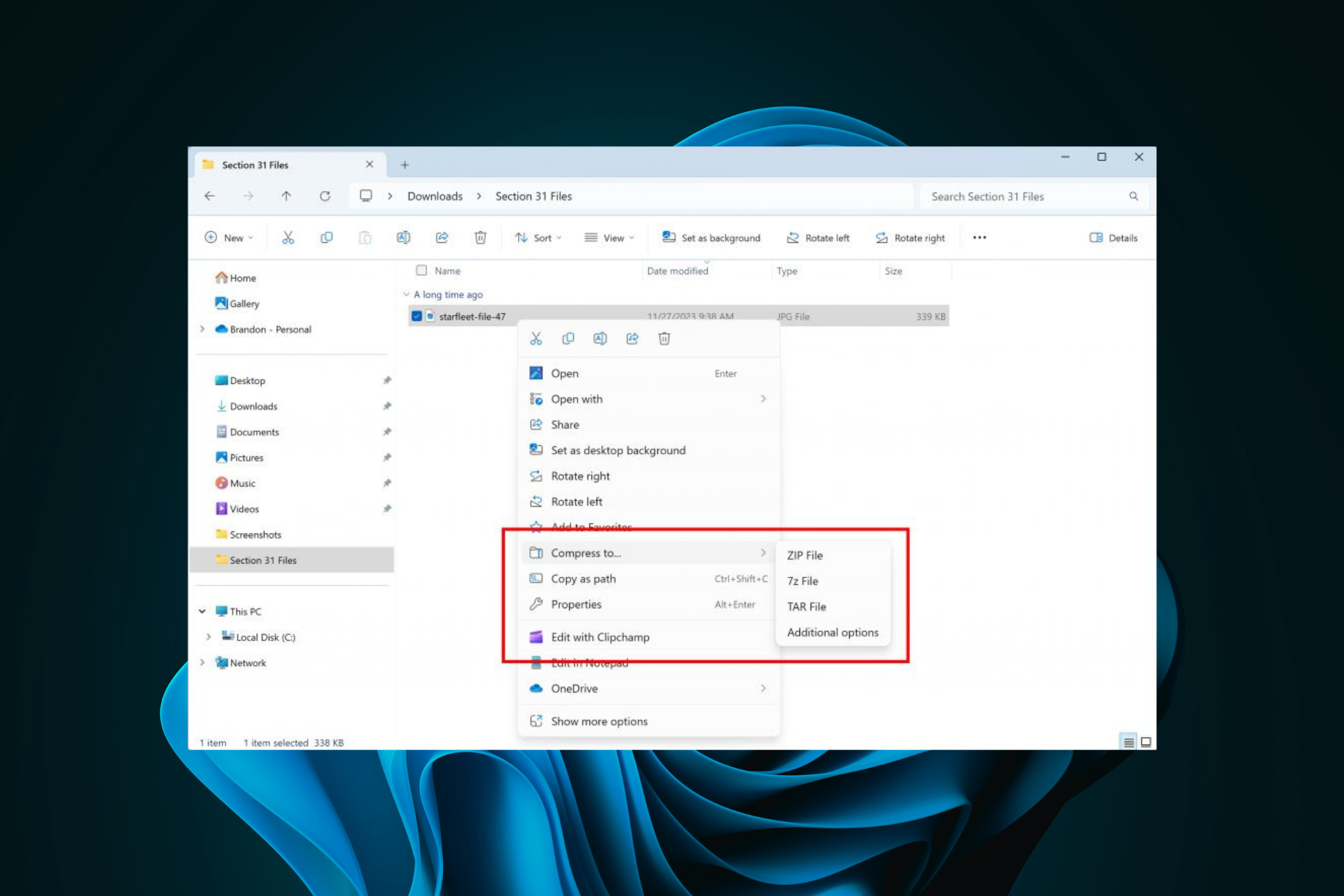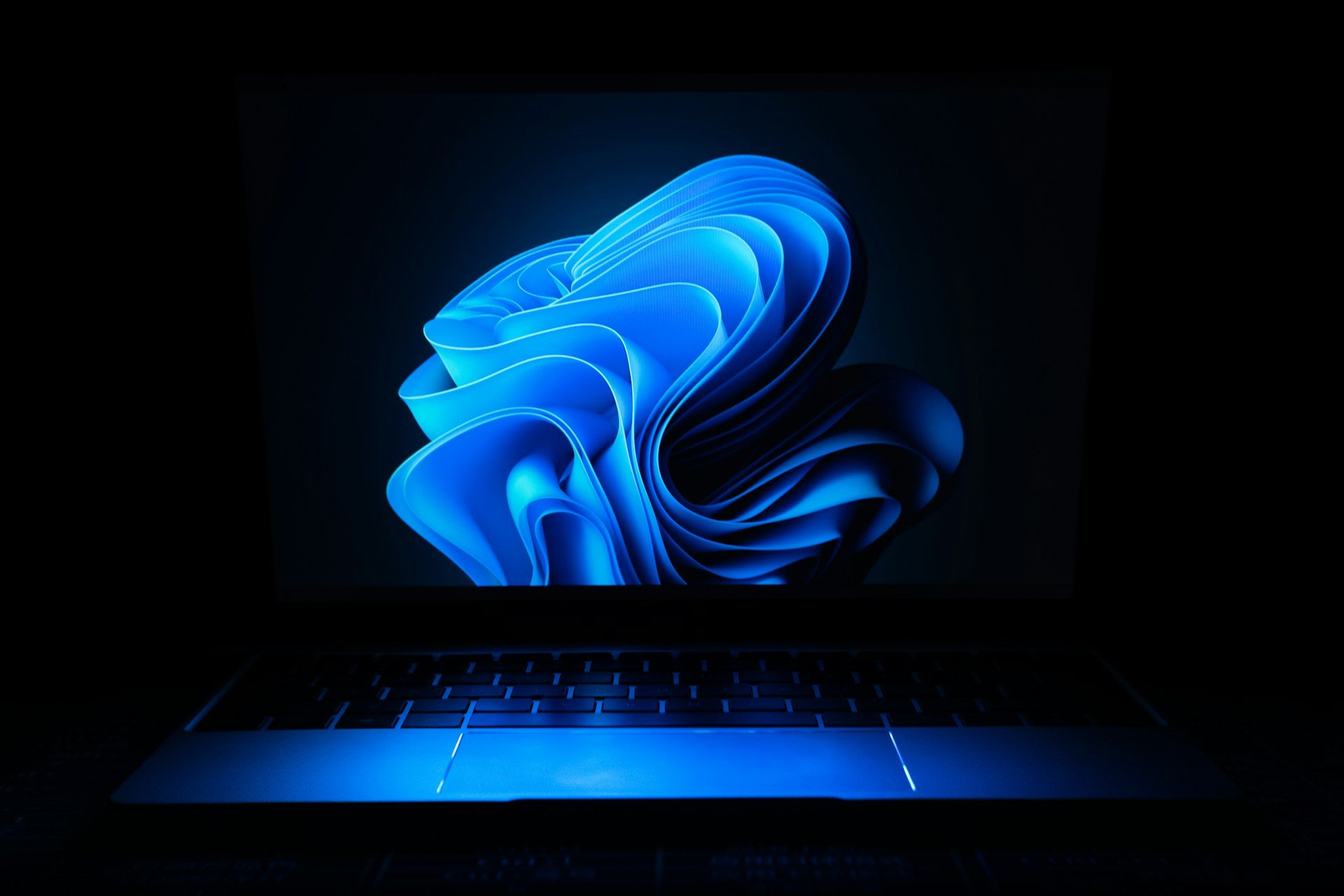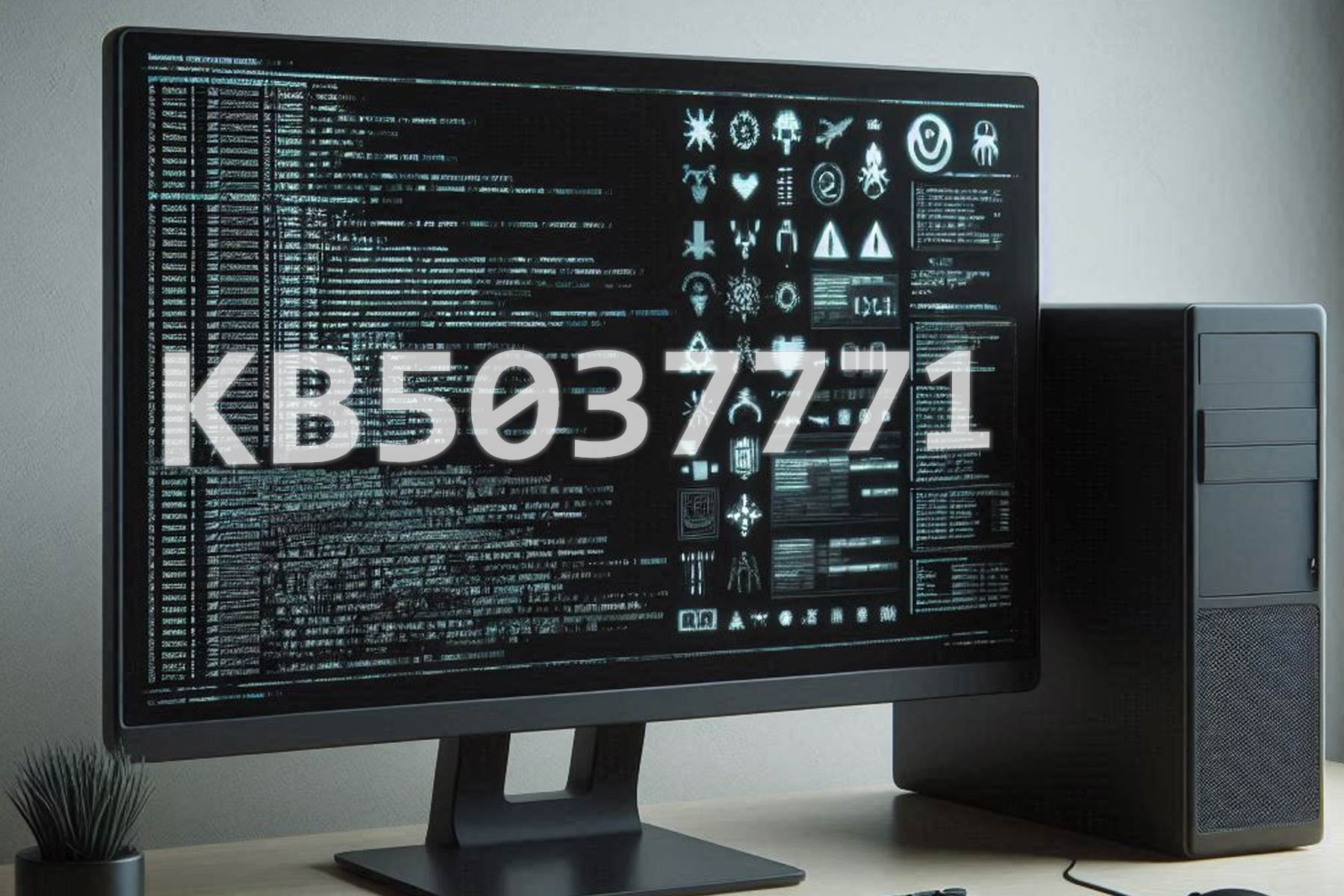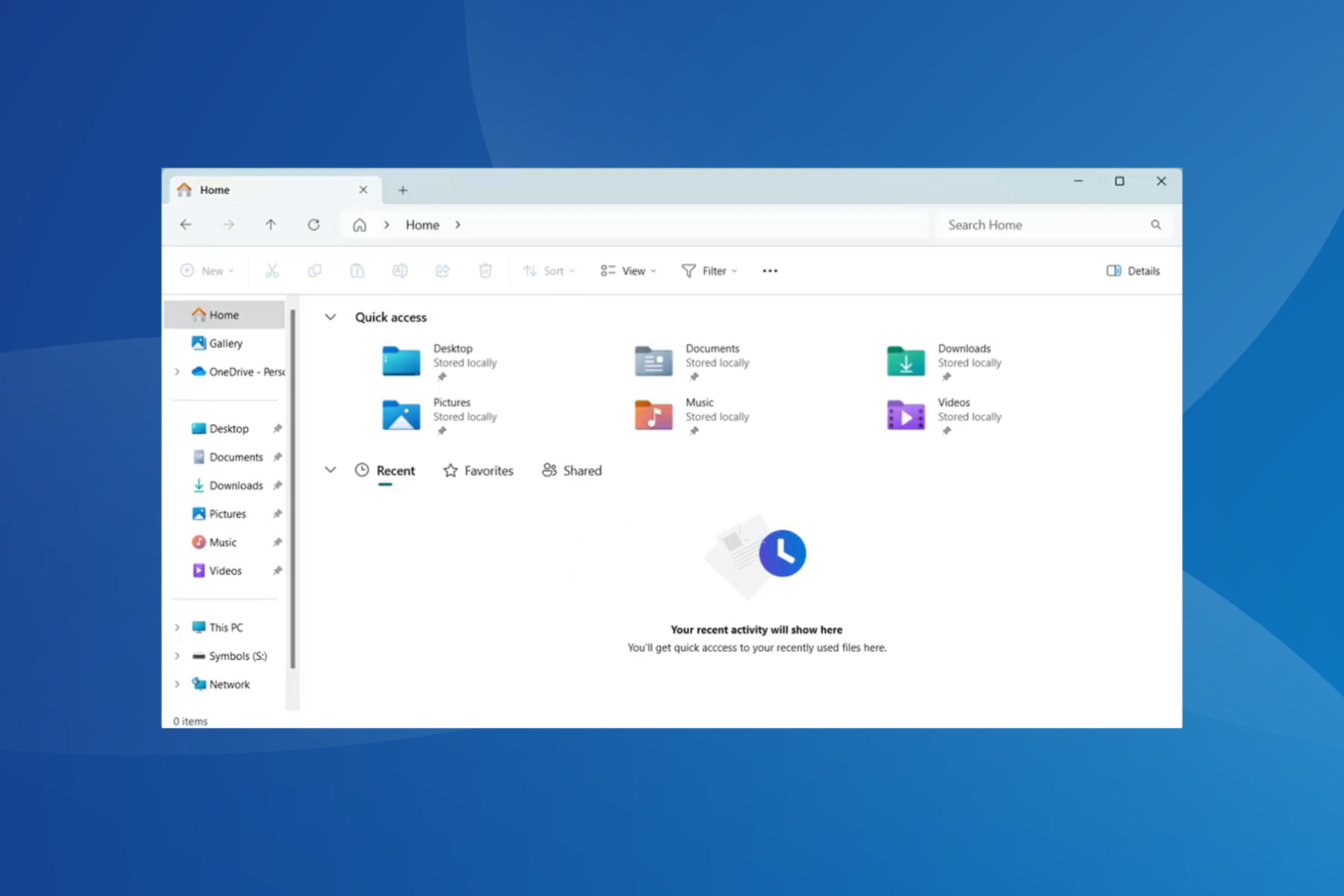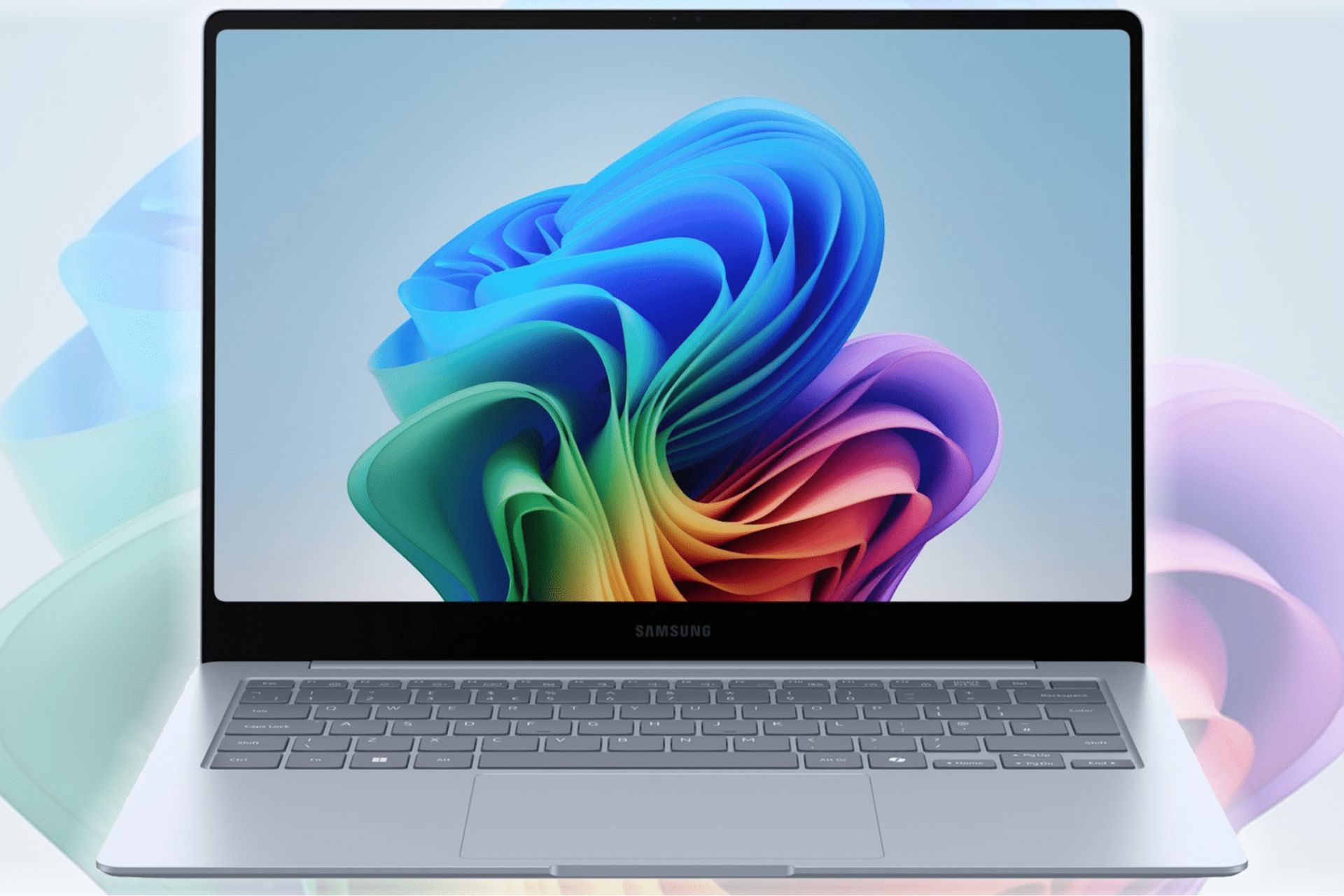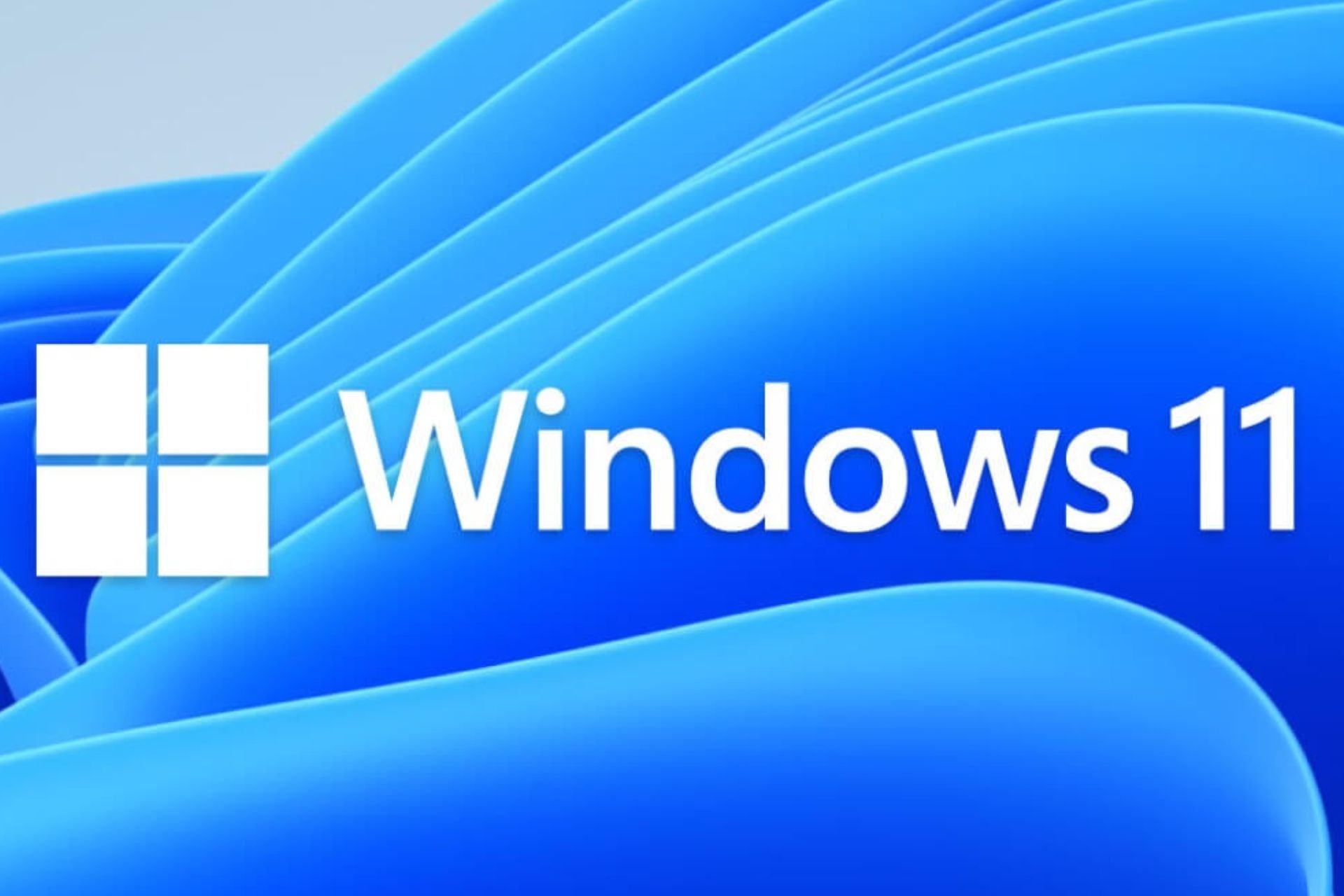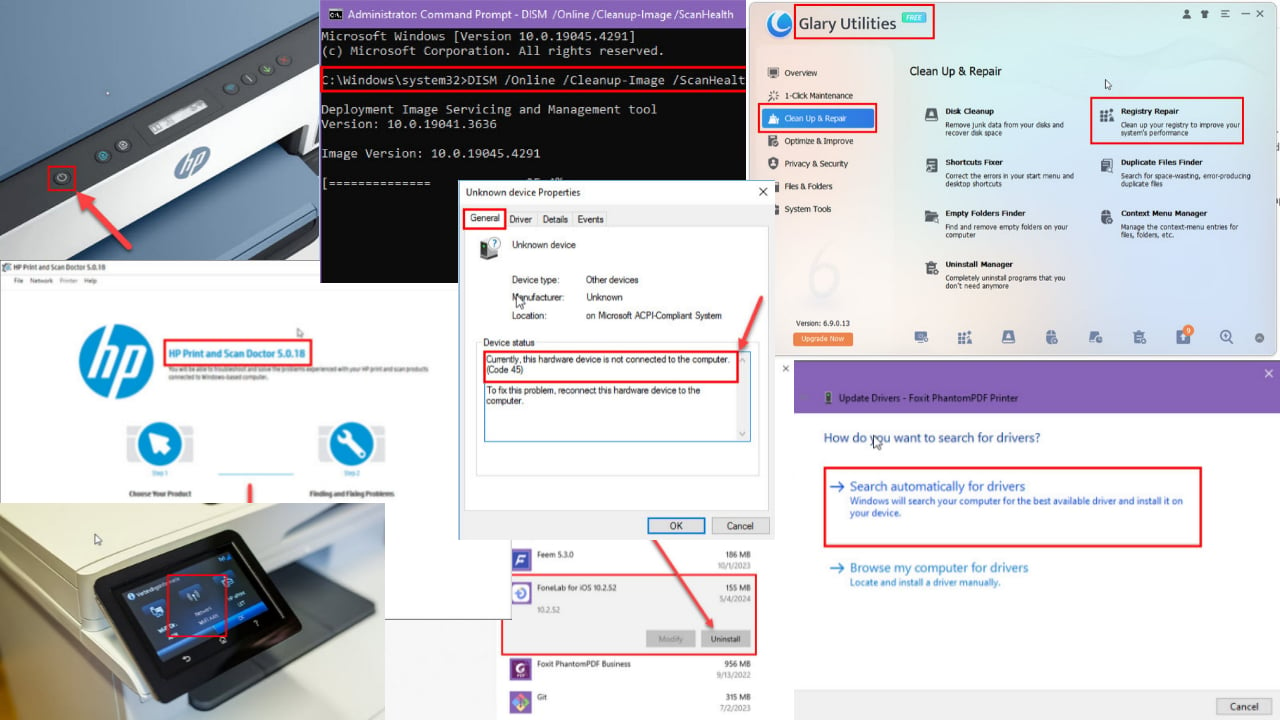What is Devicecensus.exe & What Does It Do?
Data collection, but for your own good
4 min. read
Updated on
Read our disclosure page to find out how can you help Windows Report sustain the editorial team Read more
Key notes
- Ever wondered how Microsoft sends out builds to Windows users? Well, they collect data through your device to tailor the updates for you.
- The devicecensus.exe program is a telemetry service that aids in the collection of this data so find out all about it here.
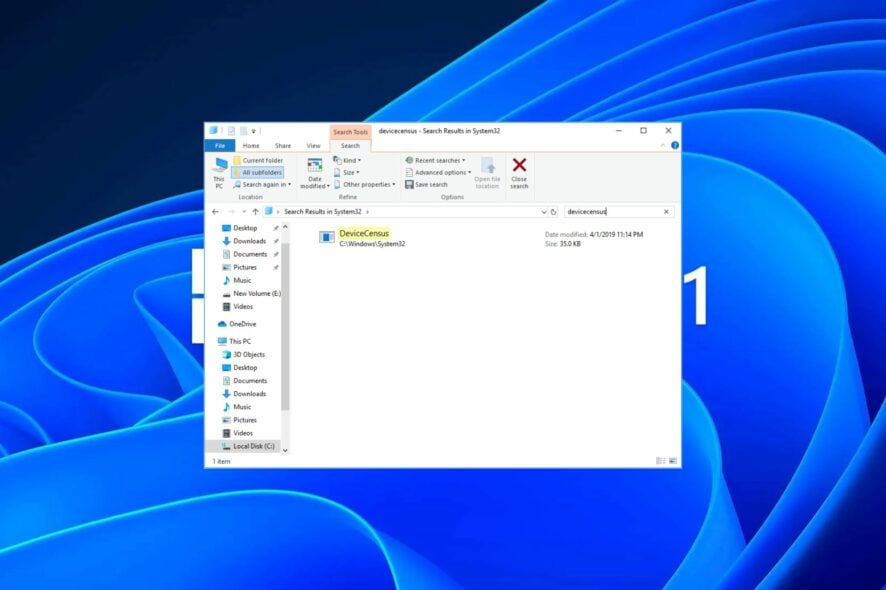
For Windows to control more than half of the market share, it is doing a good job. That being said, to provide excellent services continuously, Microsoft needs feedback from its users. That’s why processes such as wsqmcons.exe exist.
But, it is not the only process that monitors and collects information about you to report to Microsoft. Devicecensus.exe is yet another process that shares similar roles. Data collection is a touchy subject, so let’s break it down for you on what it does.
What is Device Census Windows 11?
From the name, a quick guess could lead you to believe it is a Microsoft process aimed at counting the number of users running Windows devices.
In fact, from the community forum discussion, a user was curious about the devicecensus.exe process when they spotted it in the Task Manager.
I opened Task Manager one day, and I noticed two never-before-seen executables running, under the name “Device Census.” They disappeared before I could click on them. Is this how Microsoft counts Windows 10 users or is it something else? This isn’t really a “need to know” question, just curious.
Another user got notifications that the application was requesting permission to use the webcam without authorization. To add salt to the injury, Windows Defender gave the green light that it was a safe application.
I have this app trying to activate my webcam without authorization, and it getting detected as no problem with antivirus.
First things first, the devicecensus.exe is a legitimate Windows file. You’ll most likely find it in the following location: C:\Windows\System32
With that out of the way, it is an important Windows 11 program that collects information about your device and then reports back to Microsoft to check for compatibility with the most suitable build.
What does devicecensus.exe do?
The tool checks your computer’s hardware and software and then reports back to Microsoft on the compatibility status of your PC with the latest version of Windows.
This data is collected to provide Microsoft with feedback on where and how their products are being used.
The data collected includes:
- Device ID, Device Model, and Device Manufacturer
- Device type (desktop or mobile) and whether it is a physical device or virtual machine
- Information about the operating system version (OS version), OS language, screen resolution, and bit system
- Device’s network connectivity status
It has probably never crossed your mind that Microsoft tailors Windows updates for your PC based on your hardware configurations.
This application aims to gather information about your hardware and software. Microsoft can then determine whether there are any incompatibilities between the software and your current version of Windows.
Data collected by this service is telemetry. This type of analytics logs information about how well an app or system works. It is useful in analyzing usage trends and identifying problems with apps or systems.
This service helps Microsoft improve the quality of its products and services by collecting diagnostics information on the device.
Is devicecensus.exe safe?
A major concern is that sometimes Windows 11 telemetry registers high CPU usage. This is not its default behavior, so if you notice high spikes, it may have been infected by a virus.
You should run a system scan just to be sure. Ensure you employ a third-party antivirus as Windows Security may not have advanced features to catch wind of notorious malware that camouflages as the real thing.
You can also stop the process from Task Scheduler, but we recommend you don’t. That’s it from us, and hopefully, you now know how you receive builds to your device.
For any further suggestions or thoughts, leave a comment down below.



